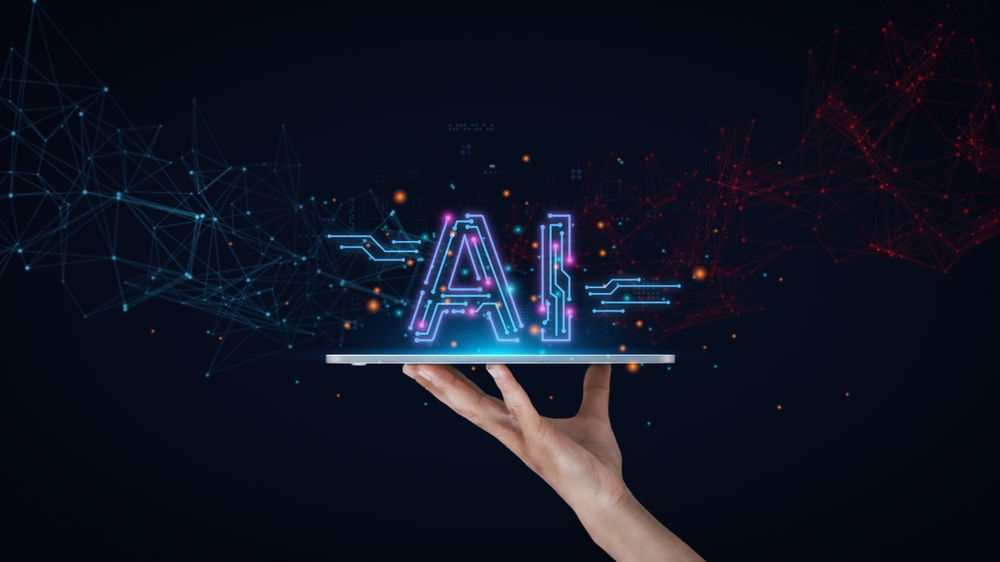Alex Sanders, DDS, PhD, founder of Diagnocat AI, explores the profound impact of AI on dentistry and advocates for its adoption to enhance patient care.

Q: Will AI replace dentists?
A: During a practical course about our AI software at a leading dental clinic, a radiology technician expressed concerns about losing her job to AI. And she’s not alone in that feeling. A recent dentaly.org study suggests that 57% of dental professionals fear that AI will replace certain aspects of dentistry, rendering their expertise obsolete.
This sentiment is understandable, as AI can automate tasks such as ceph analysis, potentially displacing certain roles. However, AI is not intended to replace dentists but rather to augment our capabilities and improve our diagnostic accuracy as we use our expertise to create better treatment plans. Instead of fearing job loss, we should embrace AI as a tool to enhance our skills and streamline workflows.
Q: How can AI help the industry?
A: To better comprehend the impact of AI on dentistry, let’s draw parallels to another advancement we are all familiar with: Google Maps. Just a decade ago, navigating unfamiliar roads required cumbersome paper maps and a keen sense of direction. Today, Google Maps leverages AI to provide real-time navigation, revolutionizing the way we travel.
Similarly, AI in dentistry streamlines diagnostic processes, improves treatment planning, and enhances patient outcomes. There are various AI-led technologies on the market, each with its own unique capacities.
Diagnocat particularly focuses on dental precision and efficiency as it processes CBCT, IOS, and dental photographs to create digital patient avatars and orthodontic setups.
Q: How prevalent are recognition AI companies in dentistry?
A: The dental landscape is witnessing a proliferation of recognition AI companies, each offering innovative solutions to enhance treatment planning. These companies leverage advanced algorithms and machine learning techniques to segment anatomies and detect conditions with unparalleled accuracy.
Industry leaders such as Envista Incorporated and Align Technology have already integrated recognition AI into their products, signaling the widespread acceptance and adoption of AI in dentistry. With CE and FDA approvals, these AI solutions are poised to revolutionize dental practices globally.
Q: Are there any hurdles to AI adoption?
A: Despite the undeniable benefits of AI in dentistry, some dental professionals remain hesitant to embrace this technology. User retention poses a significant challenge for AI manufacturers, as dentists often cite a lack of time to learn a new process or concerns about AI’s accuracy as reasons for discontinuing its use.
However, studies have shown that dental AI positively impacts the quality of care, with thousands of dentists worldwide attesting to its effectiveness. And it’s not only dentists who are beginning to feel this way. According to a regional BMC dental survey, 60.8% of patients have expressed greater diagnostic confidence with the use of AI applications in the communication of treatment planning. This significantly highlights the growing acceptance of AI among the general public.
Q: Can AI help address the gap in dental care?
A: One of the most pressing issues in dental care is the gap between demand and supply, leading to untreated dental conditions and preventable oral health problems. AI has the potential to bridge this gap by facilitating early detection and intervention.
A study conducted by Diagnocat analyzed data from 5,000 patients over a year, revealing that AI detected numerous patient issues, yet only 10% of these were treated. This underscores an urgent need for widespread AI adoption in dental practice to address one of our most prevalent health conditions: dental disease. Renowned advocate for progress and peace Desmond Tutu once said: “We’ve got to stop pulling people out of the river; we’ve got to go upstream and find out where they are falling in.” As dental professionals, it is imperative that we begin to measure the disparity between demand and supply in oral healthcare. This is only achievable through the integration of recognition AI into dentistry.
Q: What’s next for AI?
A: As recognition AI matures and becomes universal in dental practice, we find ourselves entering a new era of generative AI. This emerging technology promises to automate complex tasks such as crown design and patient communication, further enhancing practice efficiency.
Generative AI represents the next frontier in dental innovation, enabling dentists to effectively deliver personalized care and address workforce shortages. However, successful adoption of generative AI hinges on establishing a strong foundation with recognition AI and cultivating a mindset of adaptability and innovation within dental teams.
I’ll leave you with a final perspective: AI is not a threat but rather an opportunity. By embracing its potential, dental professionals can harness the power of technology to overcome diagnostic challenges, improve treatment outcomes, and transform the oral health of patients worldwide. The time to embrace dental innovation is now.
Go to diagnocat.com/us/waitlist to learn more and be notified once available.
ABOUT DR. SANDERS
Dr. Sanders has more than 20 years of experience in dentistry and holds a PhD in prosthodontics. His additional education at Harvard Business School’s healthcare management program sparked his interest in the potential of AI in dentistry. This led to the creation of Diagnocat AI. Dr. Sanders continues to innovate in the dental profession.
FEATURED IMAGE CREDIT: Deemerwha Studio/Shutterstock.com.


